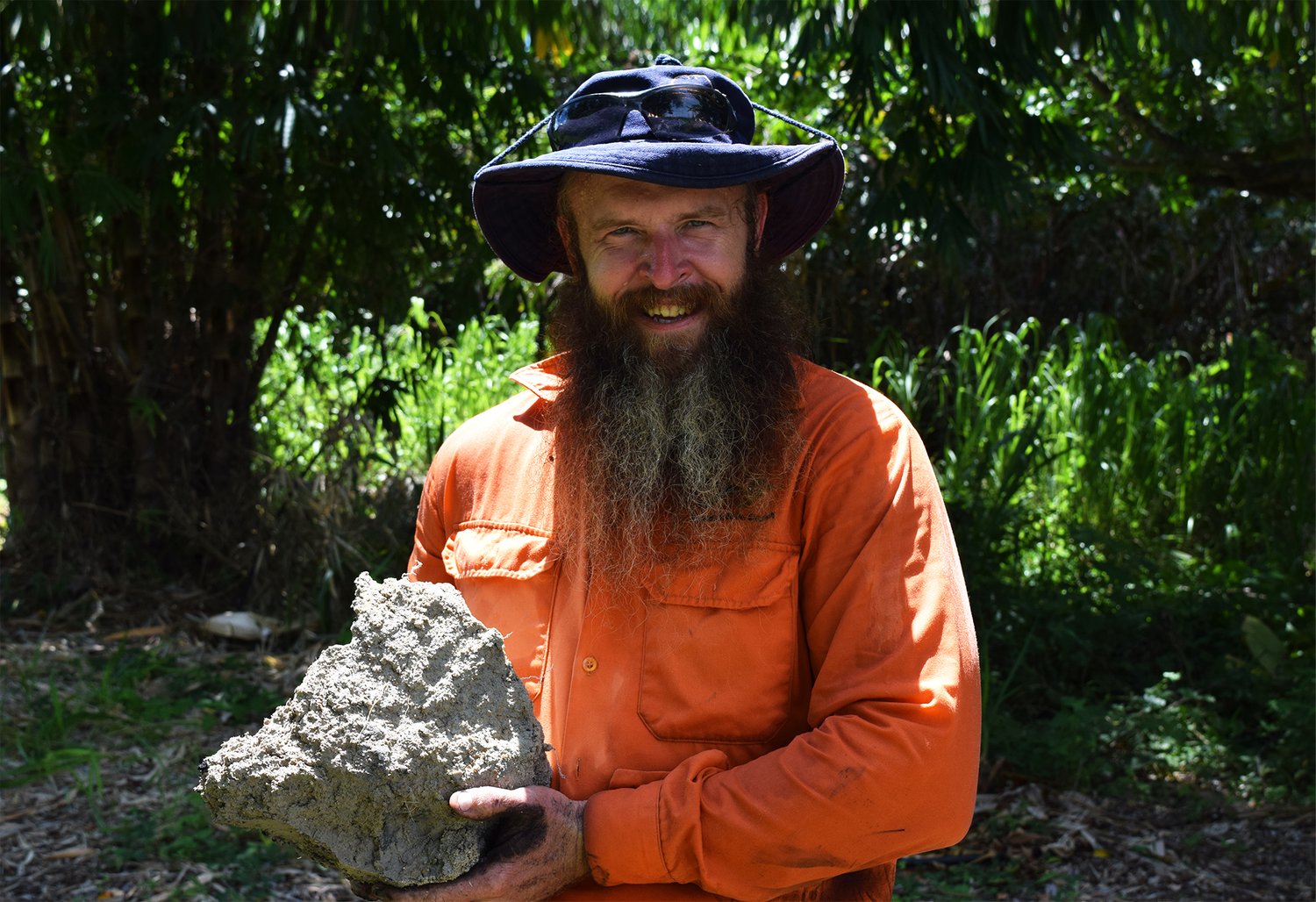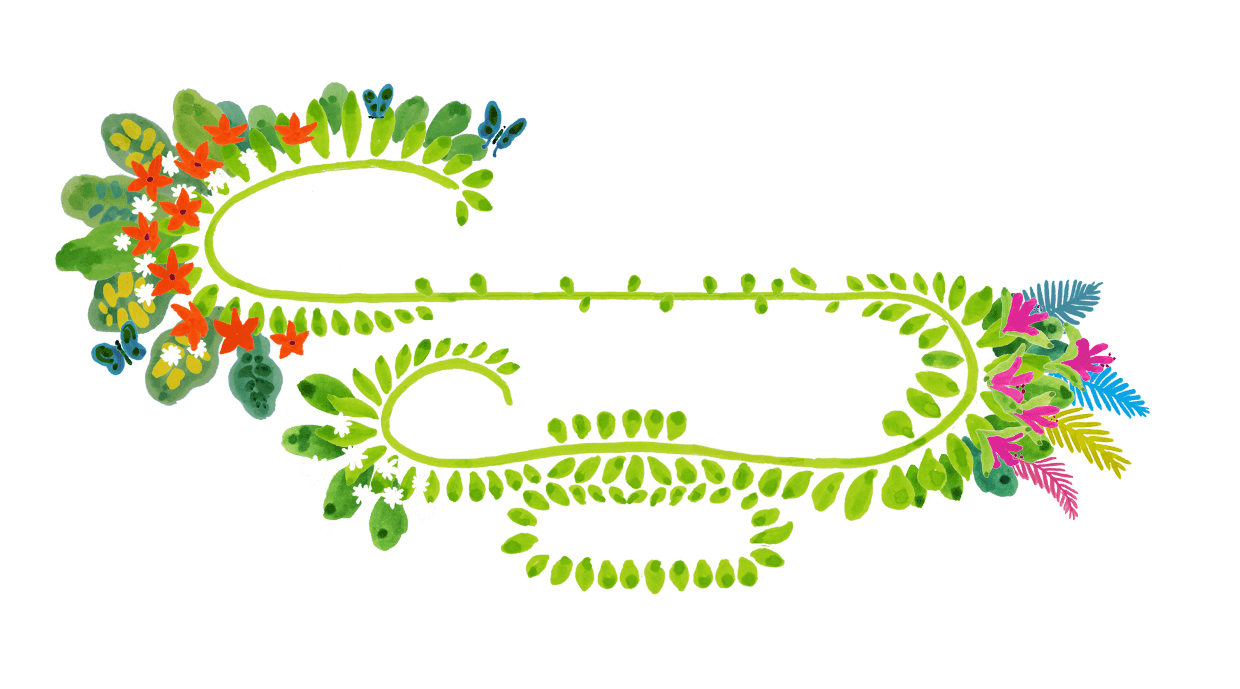
Queensland, Australia
Bilyana
Restoring habitat for the endangered Mahogany Glider.
By rewilding Bilyana we aim to attract native fauna; birds, butterflies, native bees and other pollinators.
This habitat is home to the Mahogany Glider.
The forest will improve the conservation status of the Mahogany Glider through habitat protection and recovery.
Forest Maker Brett Krause
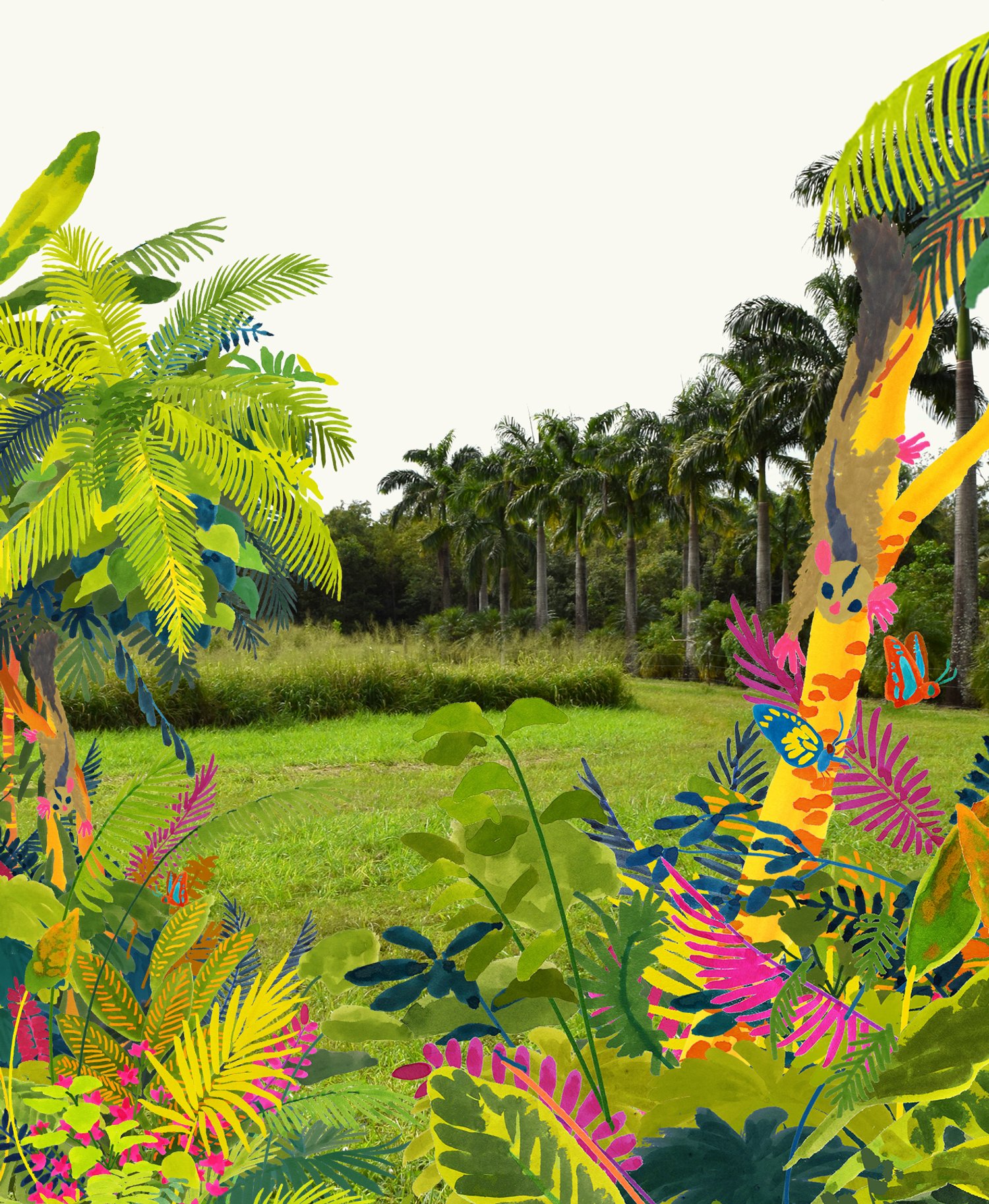
380
Trees
100
Square Meters
72
Native Species
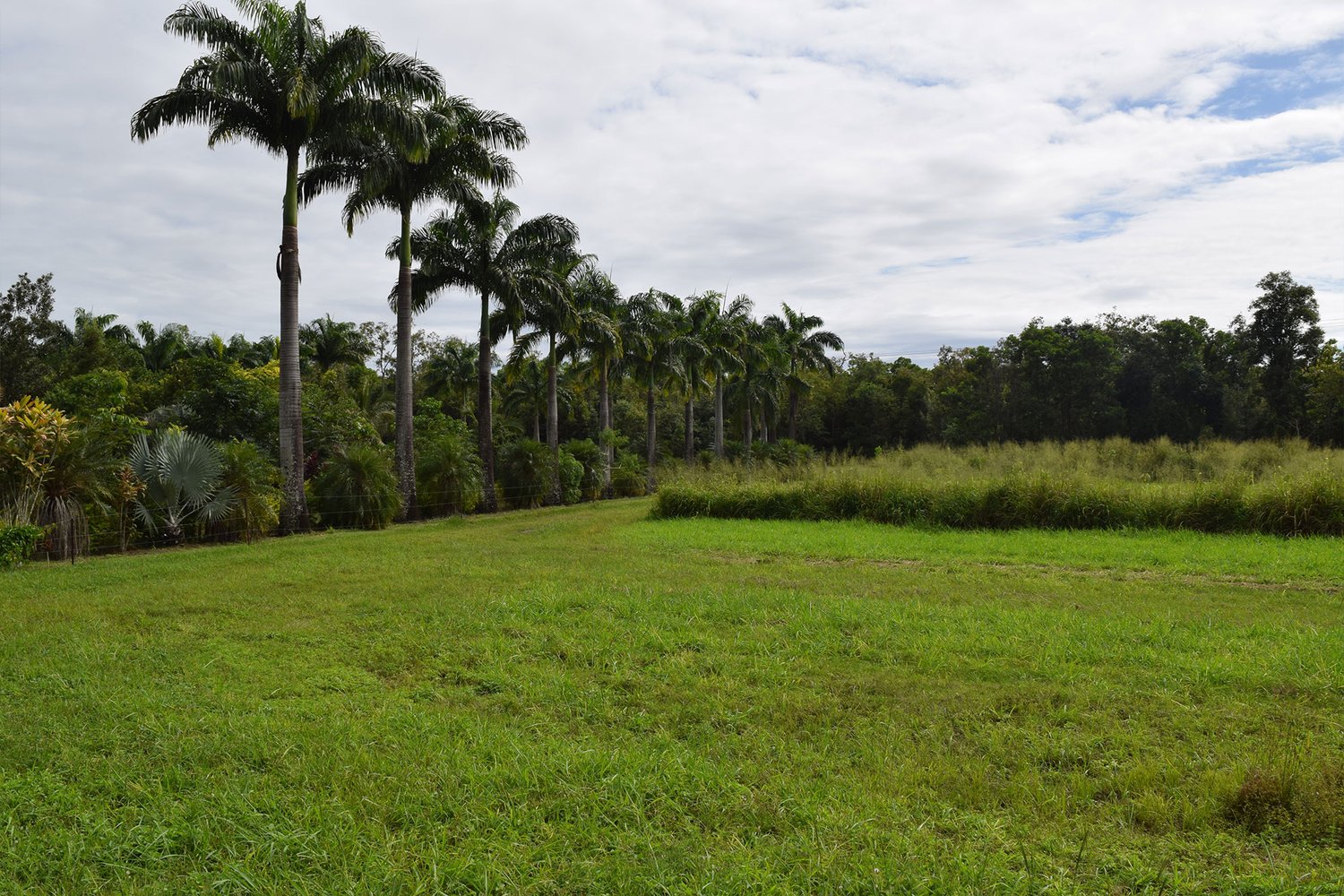
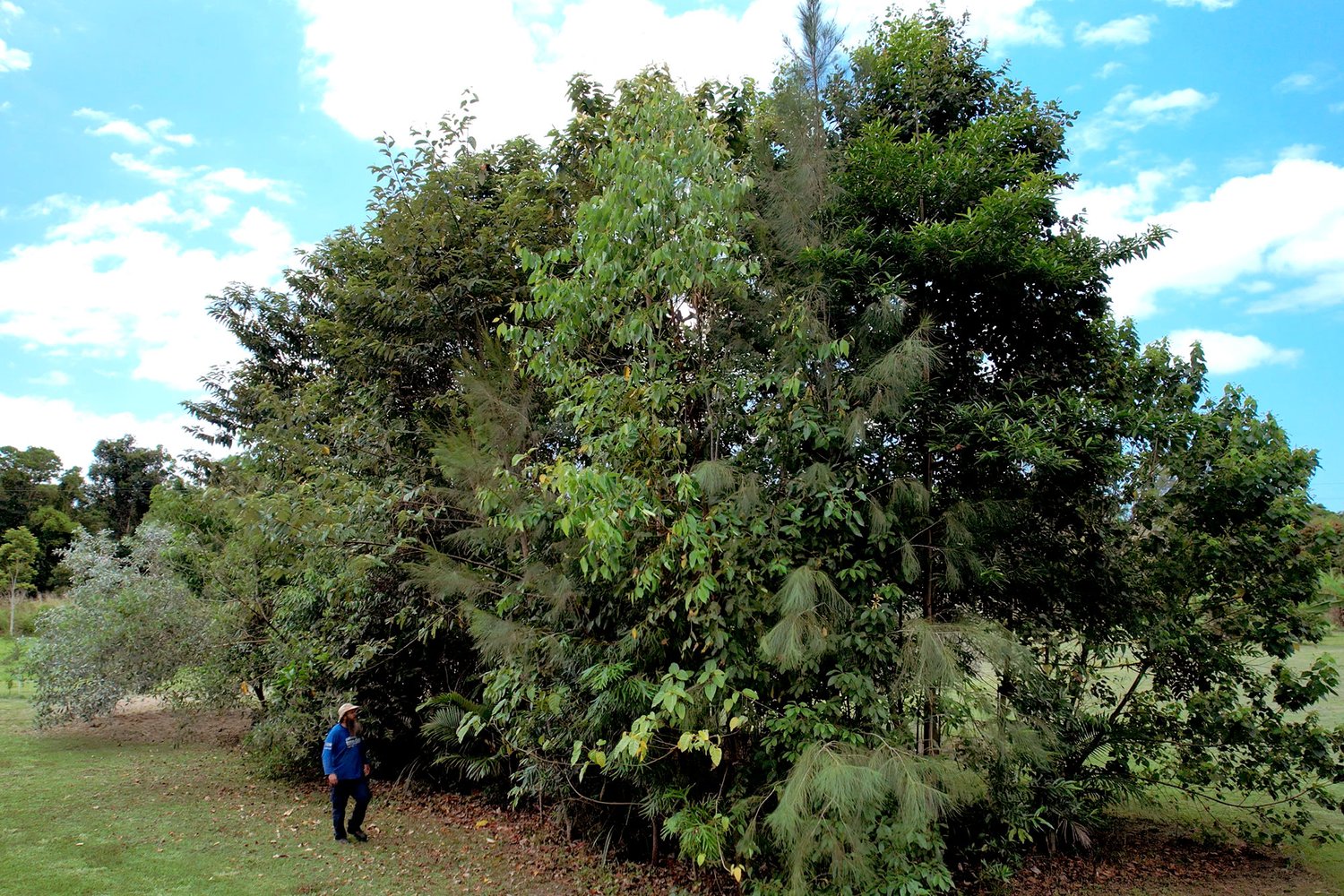
“By rewilding Bilyana we aim to improve the conservation status of the Mahogany Glider through habitat protection and recovery.”
— Brett Krause
Forest Report: 3 Years
DATE: 27.09.2022
Survival Rate: 95%
Average of Tallest 3 Trees: 900cm
Bilyana is truly thriving, demonstrating how a pocket of native ecosystem can really succeed even when surrounded by intensively-managed and ecologically-poor land. Forest floor and leaf litter is established, with zero weed penetration. The forest is now self-sustaining. New floral species are growing in the forest from bird droppings.

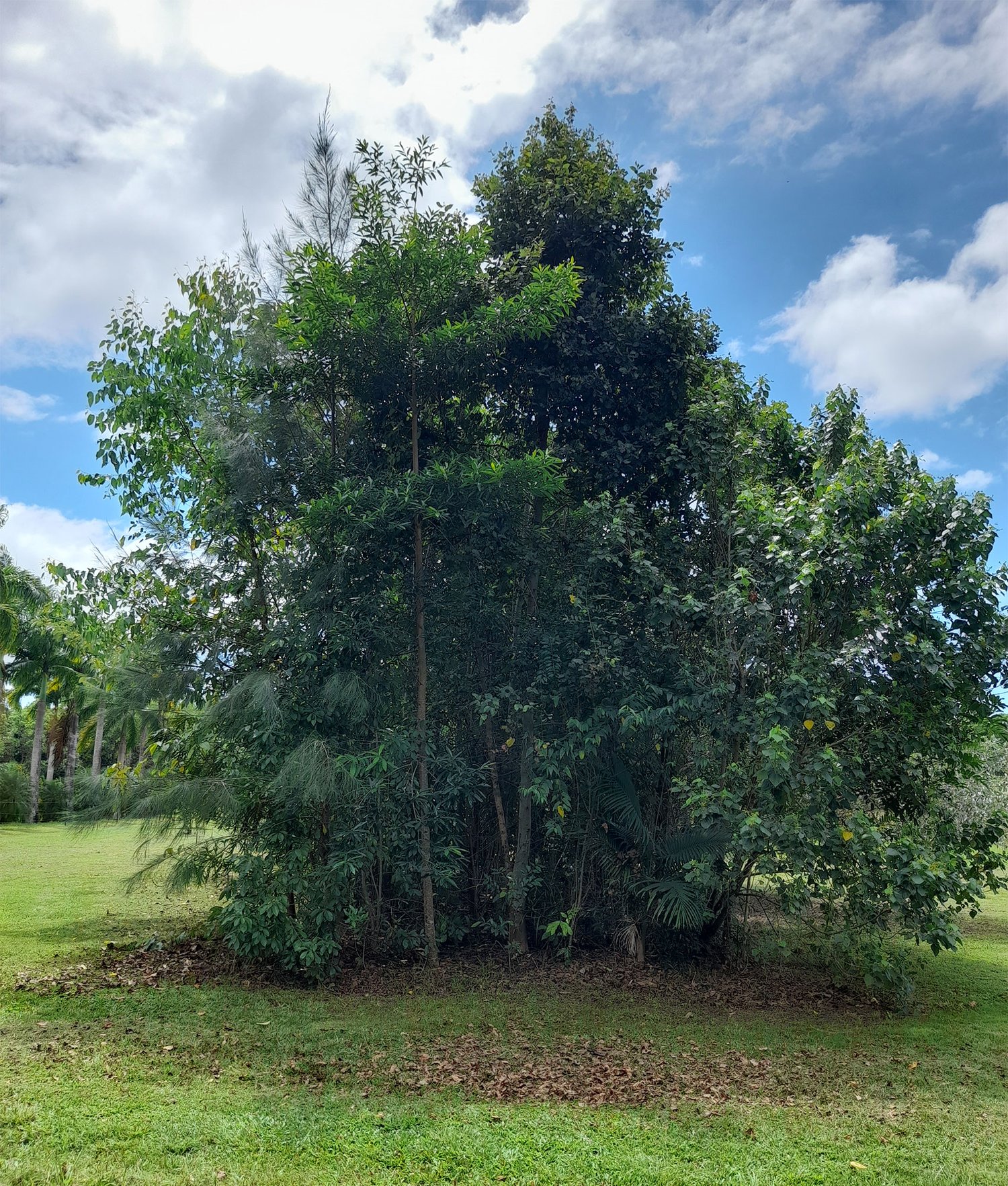
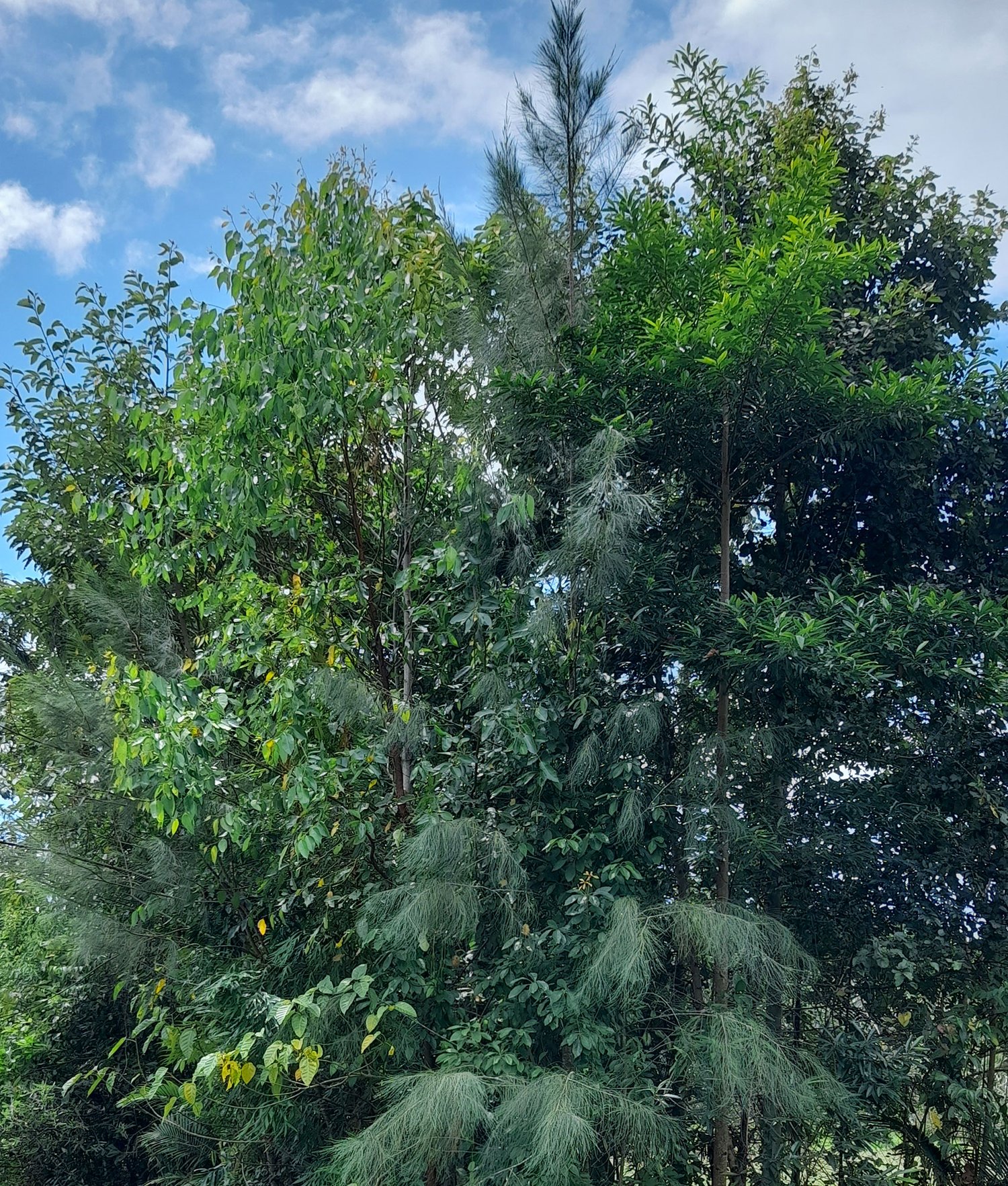
Biodiversity Notes:
Trees are flowering well, including the Sandpaper Fig (Ficus opposita), White Ash (Alphitonia petreii) and Cadaghi (Corymbia torreliana). The endangered Southern Cassowary bird (Casuarius casuarius) has also been spotted in the forest.
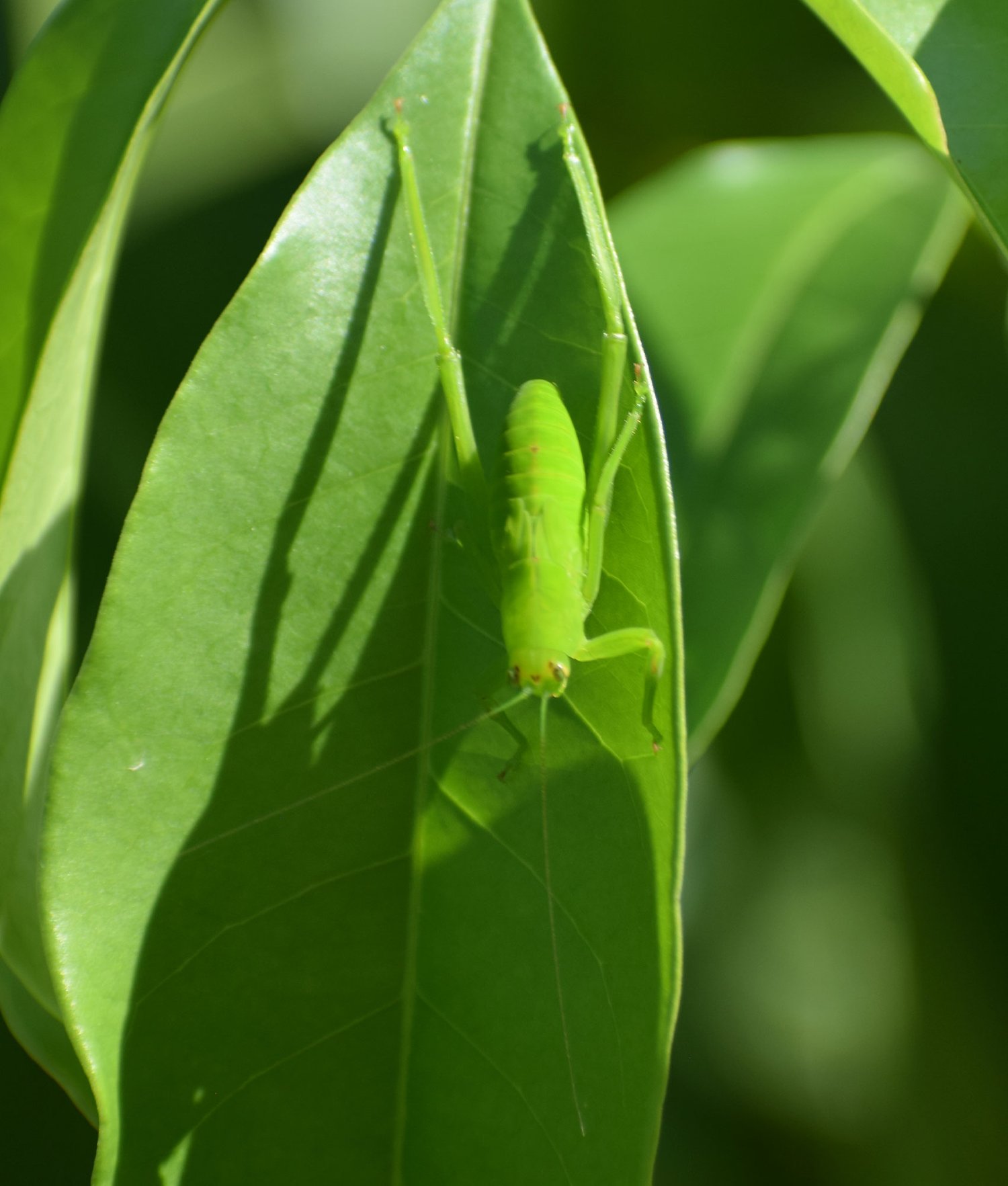

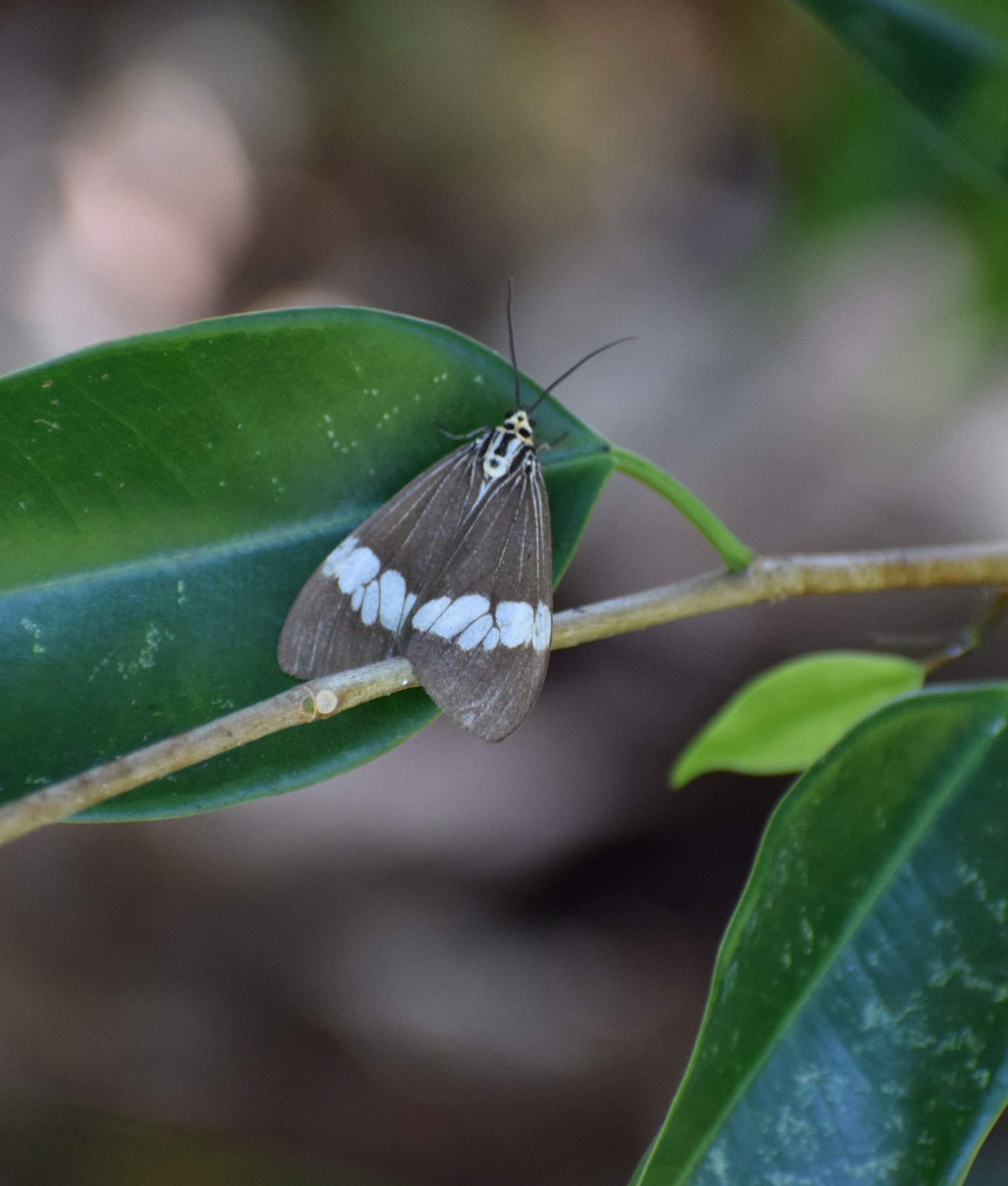
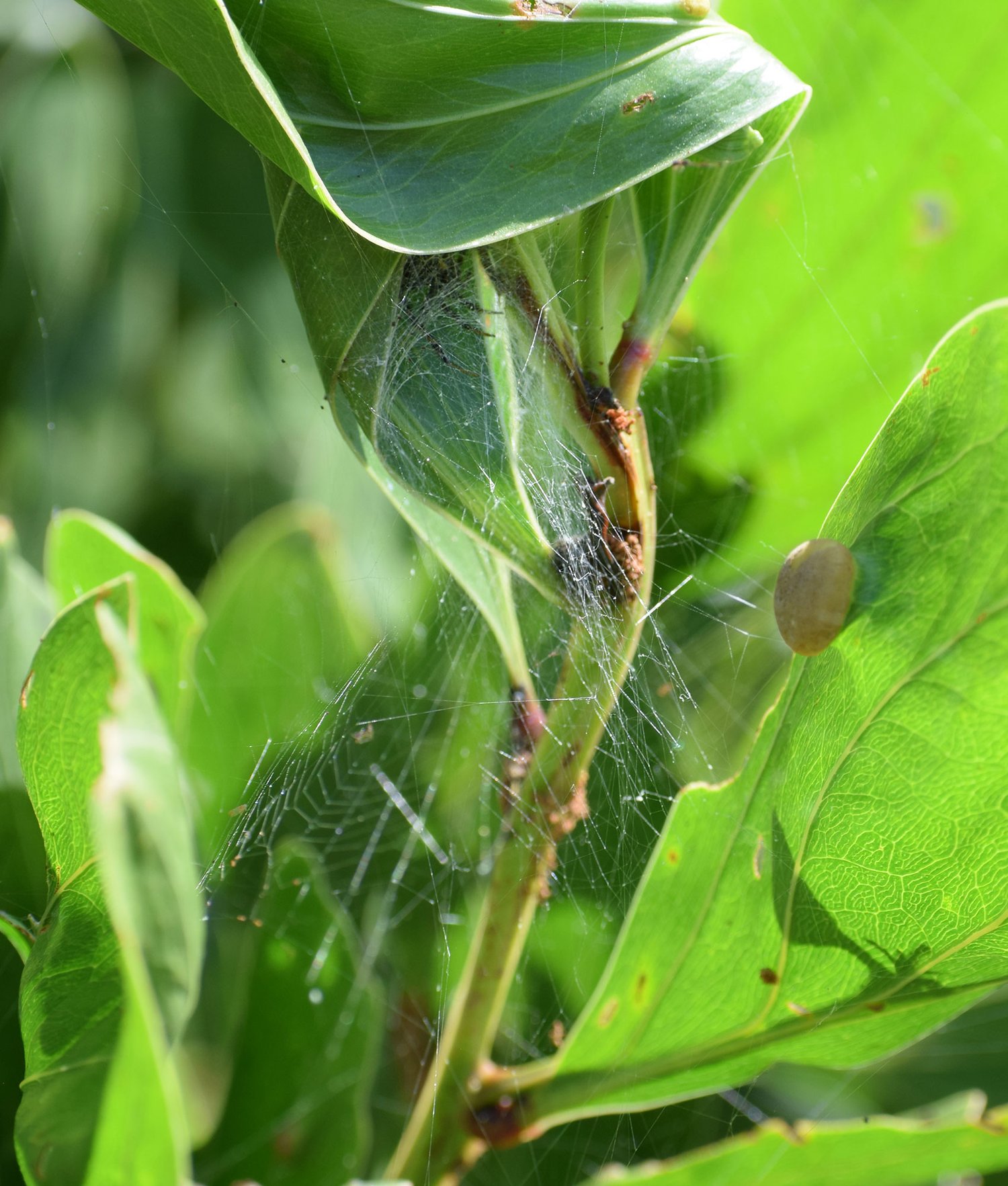
“Our pioneer species are coming in well! With a bit of rain recently, our trees are growing well, beginning to reshoot and flower. We are observing more life and biodiversity: insects are making their nests, there are lizards, and plenty of worms! The Southern Cassowary has been spotted in our forest!”
Forest Report: 2 Years
DATE: 27.09.2021
Survival Rate: 95%
Tallest Tree: 700cm
Forest floor and leaf litter established. Zero weed penetration.
The forest is self-sustaining; it has been a great growing season with above average rainfall.

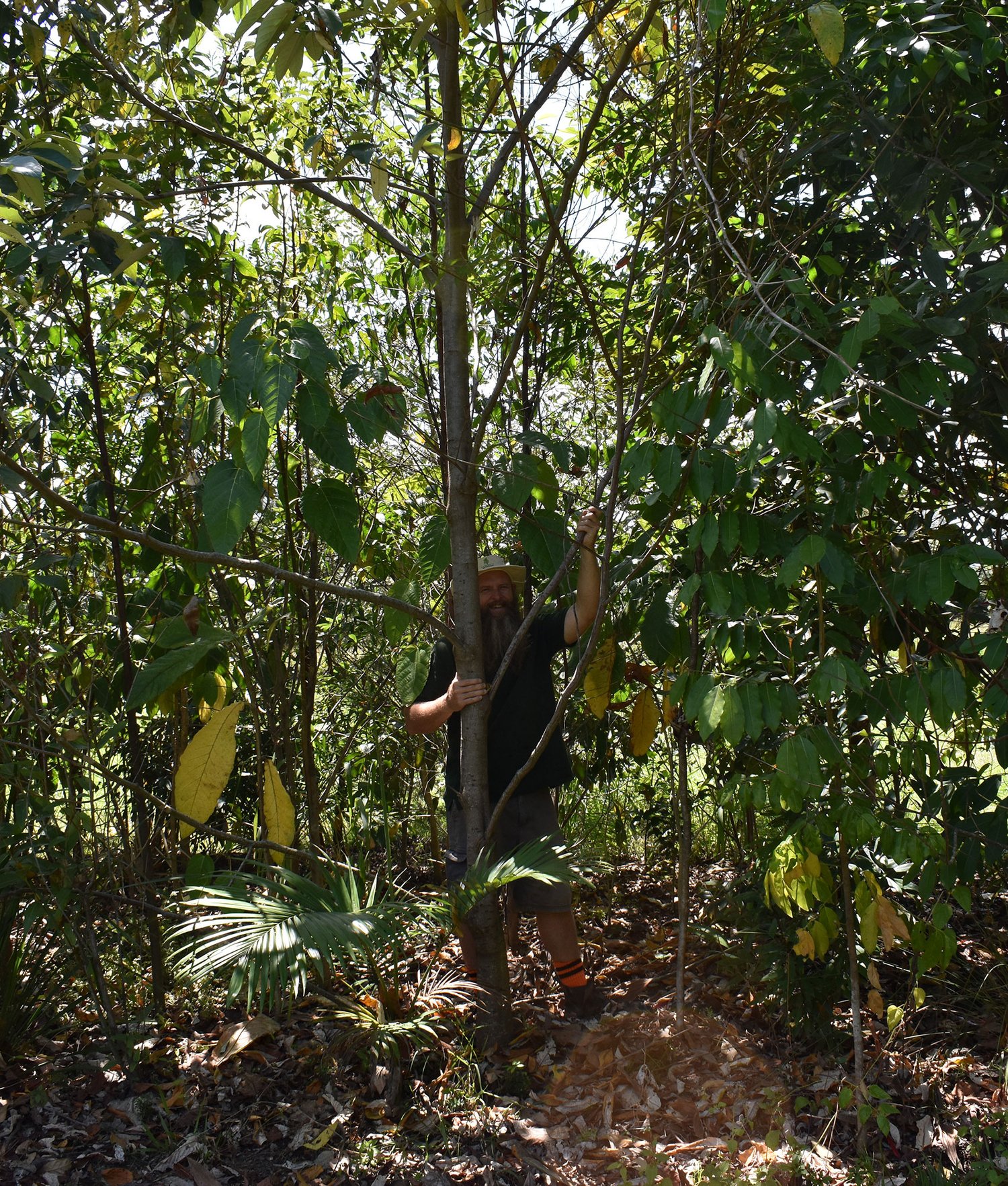
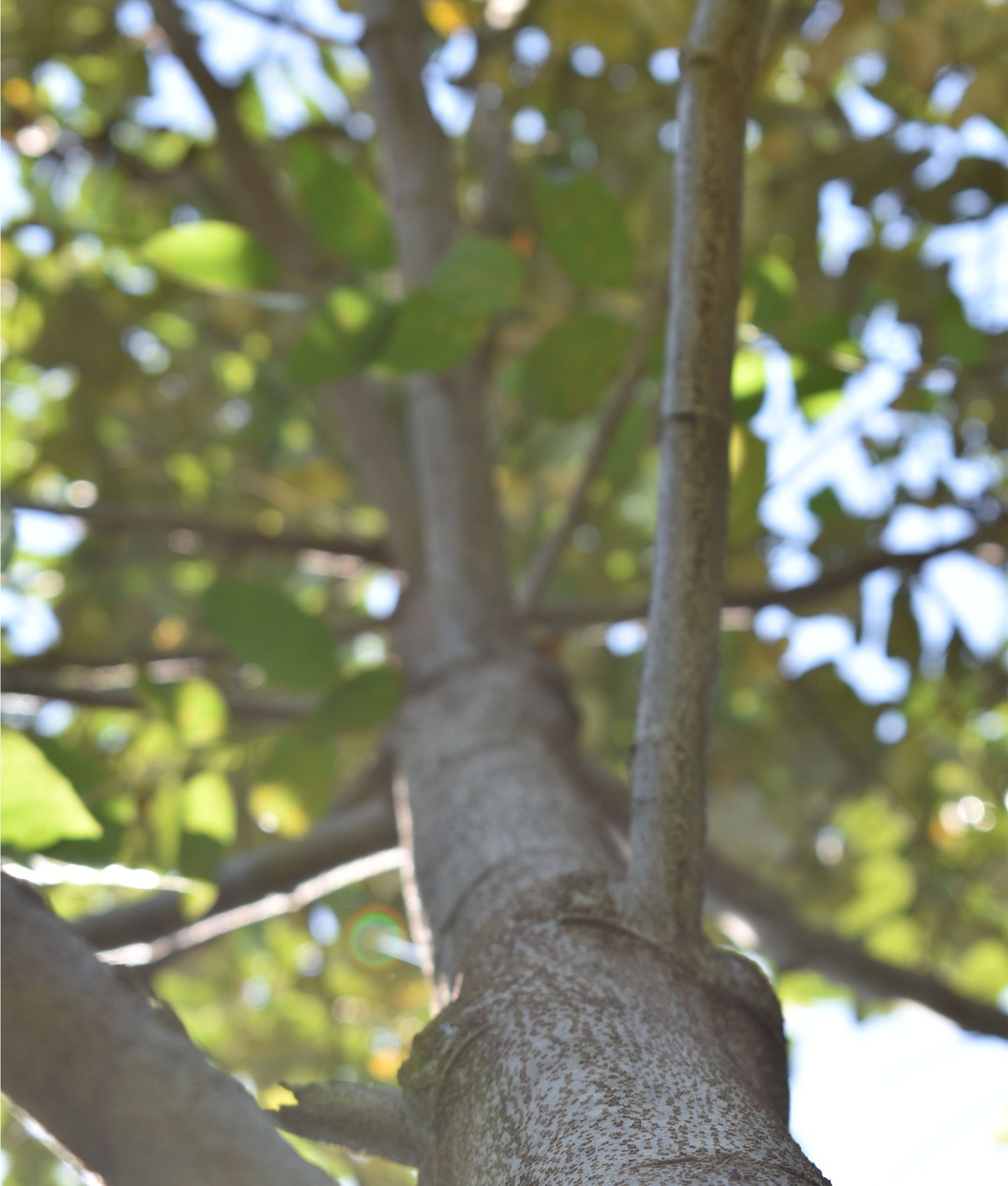
Biodiversity Notes:
Trees are flowering well, including the Sandpaper Fig (Ficus opposita), White Ash (Alphitonia petreii) and Cadaghi (Corymbia torreliana). The endangered Southern Cassowary bird (Casuarius casuarius) has also been spotted in the forest.
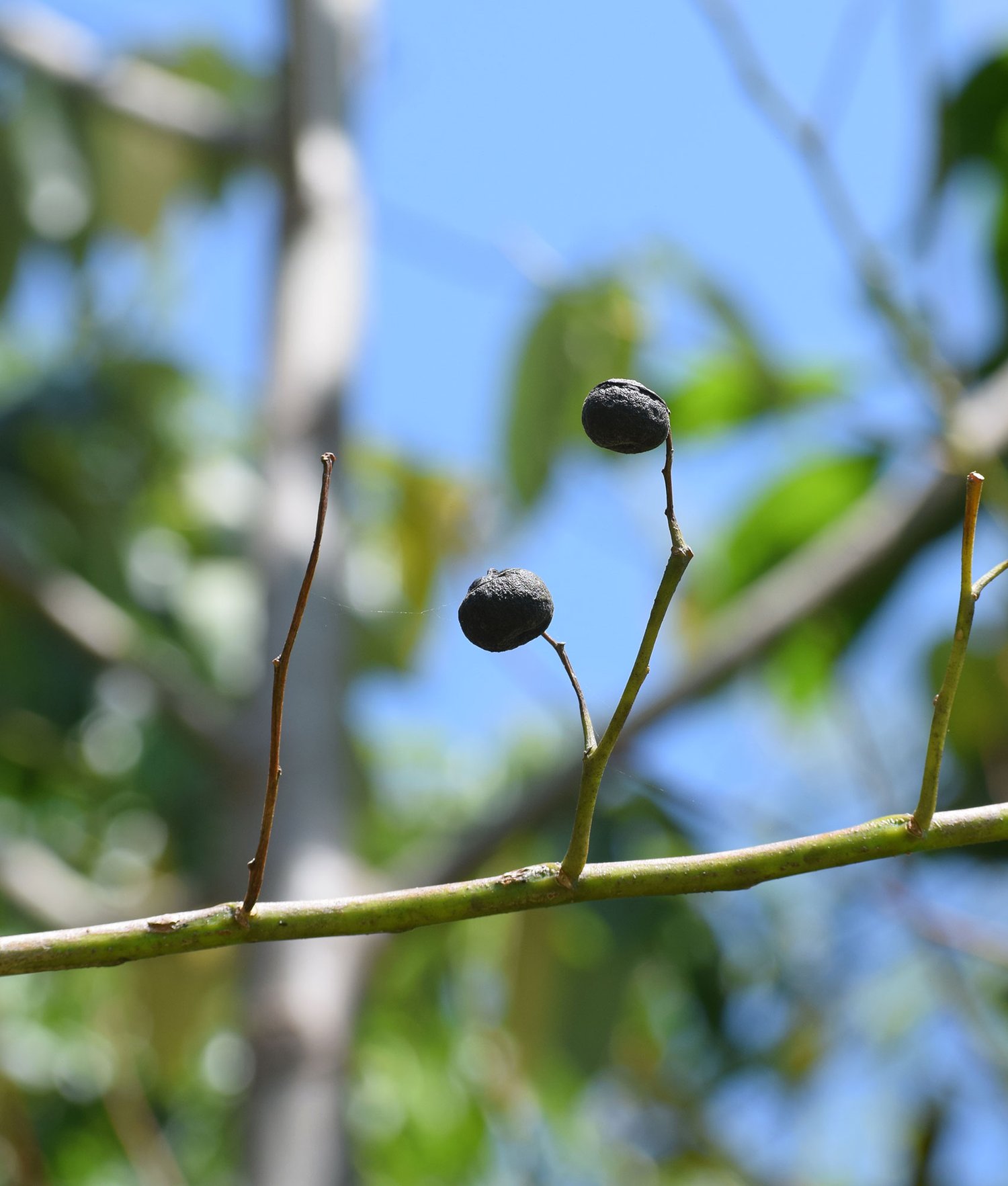
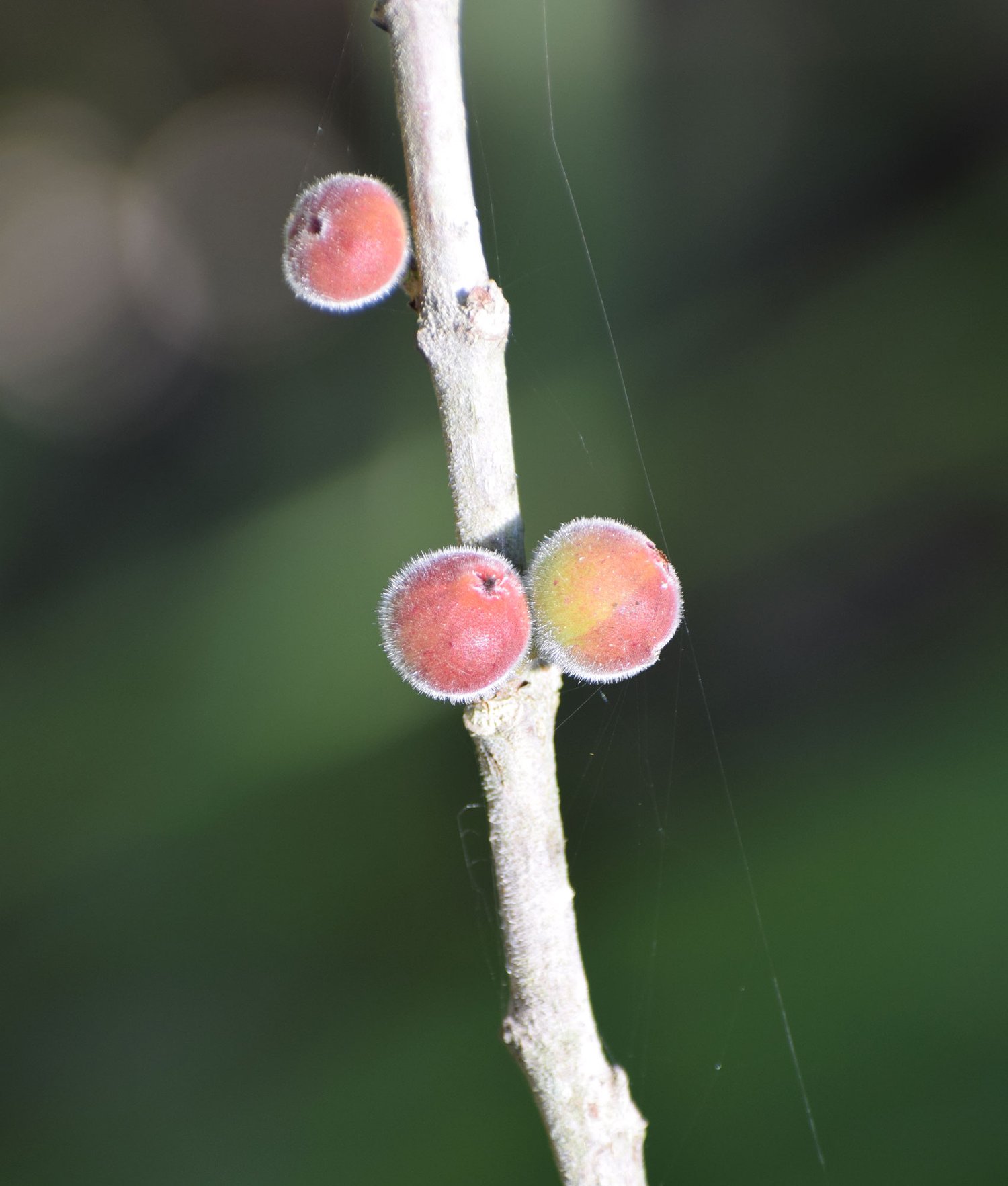
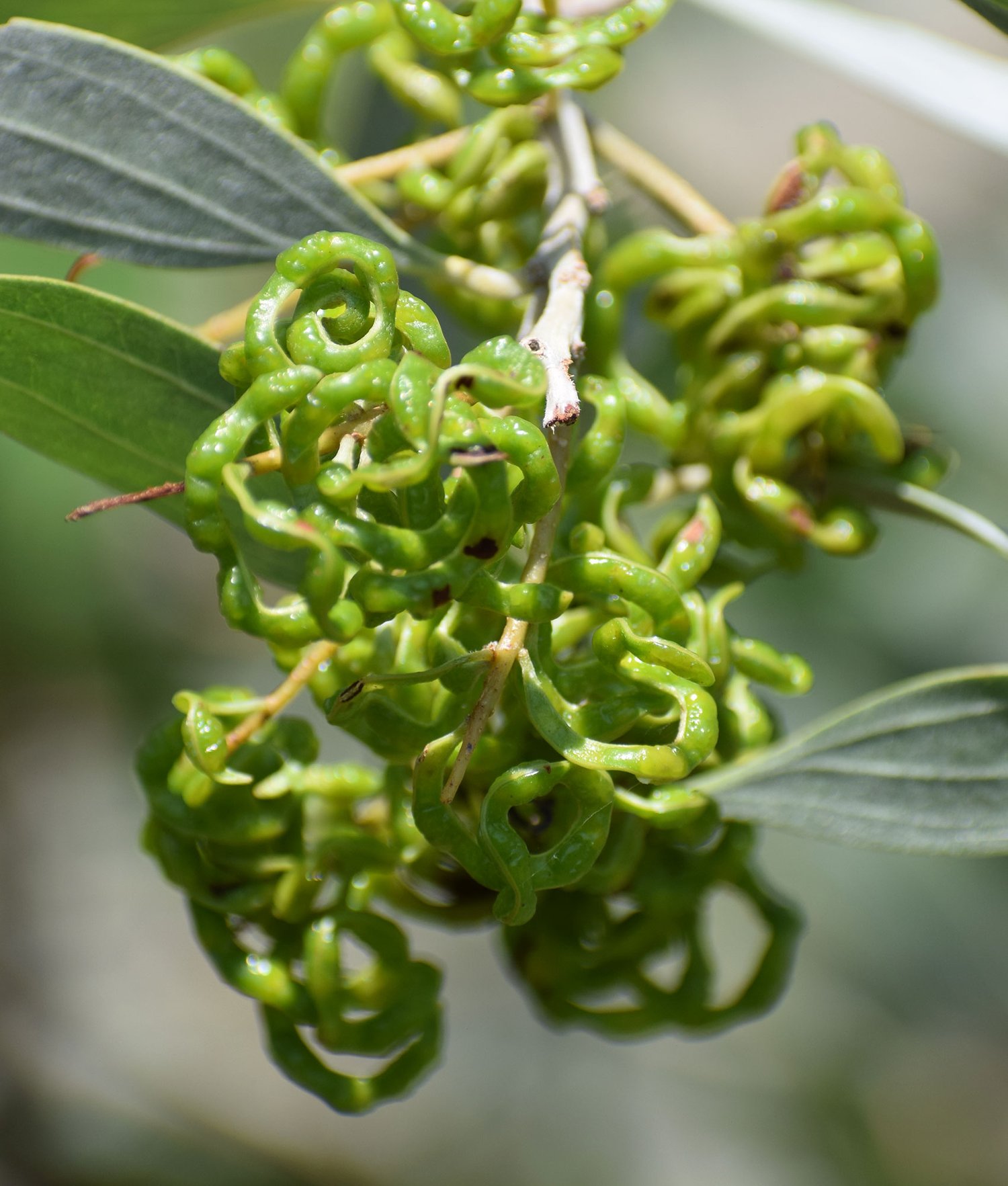
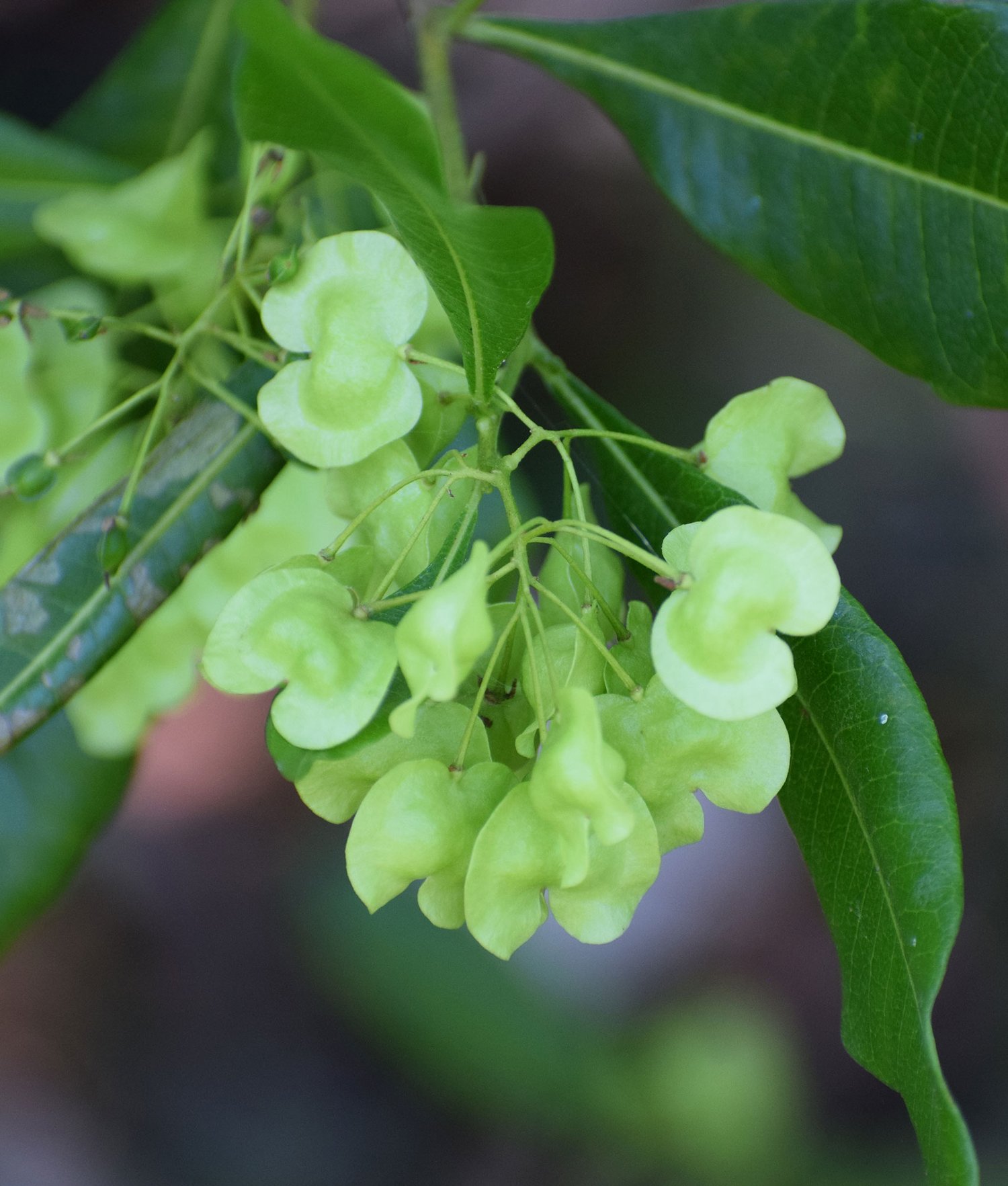
Forest Report: 1 Year
DATE: 27.09.2020

Forest Report: Planting
DATE: 27.09.2019
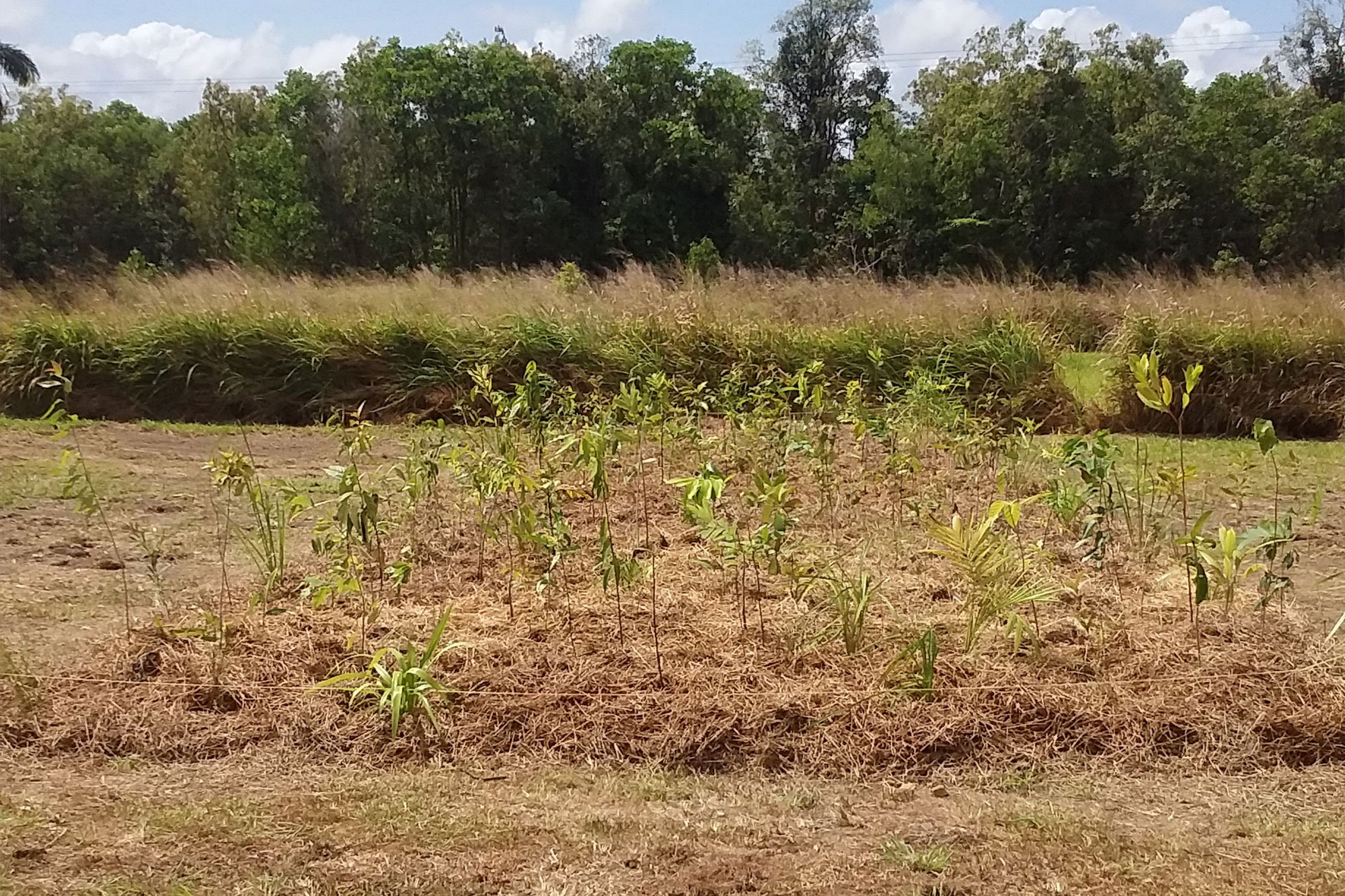

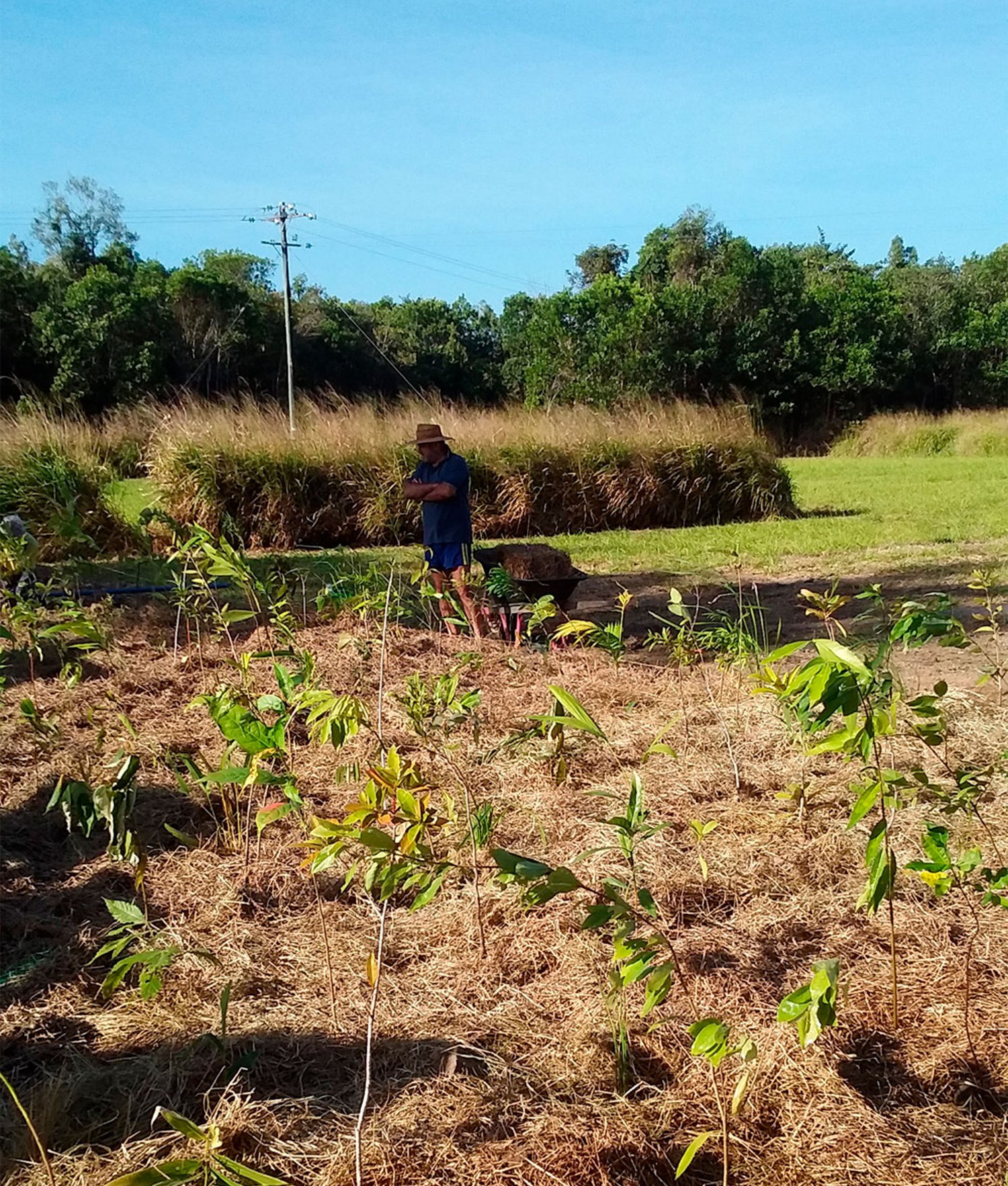
The Mahogany Glider
The Mahogany Glider (Petaurus gracilis) is an endangered gliding possum native to a small region of coastal Queensland in Australia.
The Mahogany Glider is one of Australia’s most threatened arboreal mammals. It is distinguished externally from other petauridae, particularly its closest relative the squirrel glider Petaurus norfolcensis, by its larger size, a long and relatively short-haired tail, and buff to mahogany-brown belly.
The mahogany glider is listed as ‘Endangered’ under the Queensland Nature Conservation Act 1992 (NCA) and the Commonwealth Environment Protection and Biodiversity Conservation Act 1999 (EPBC Act).
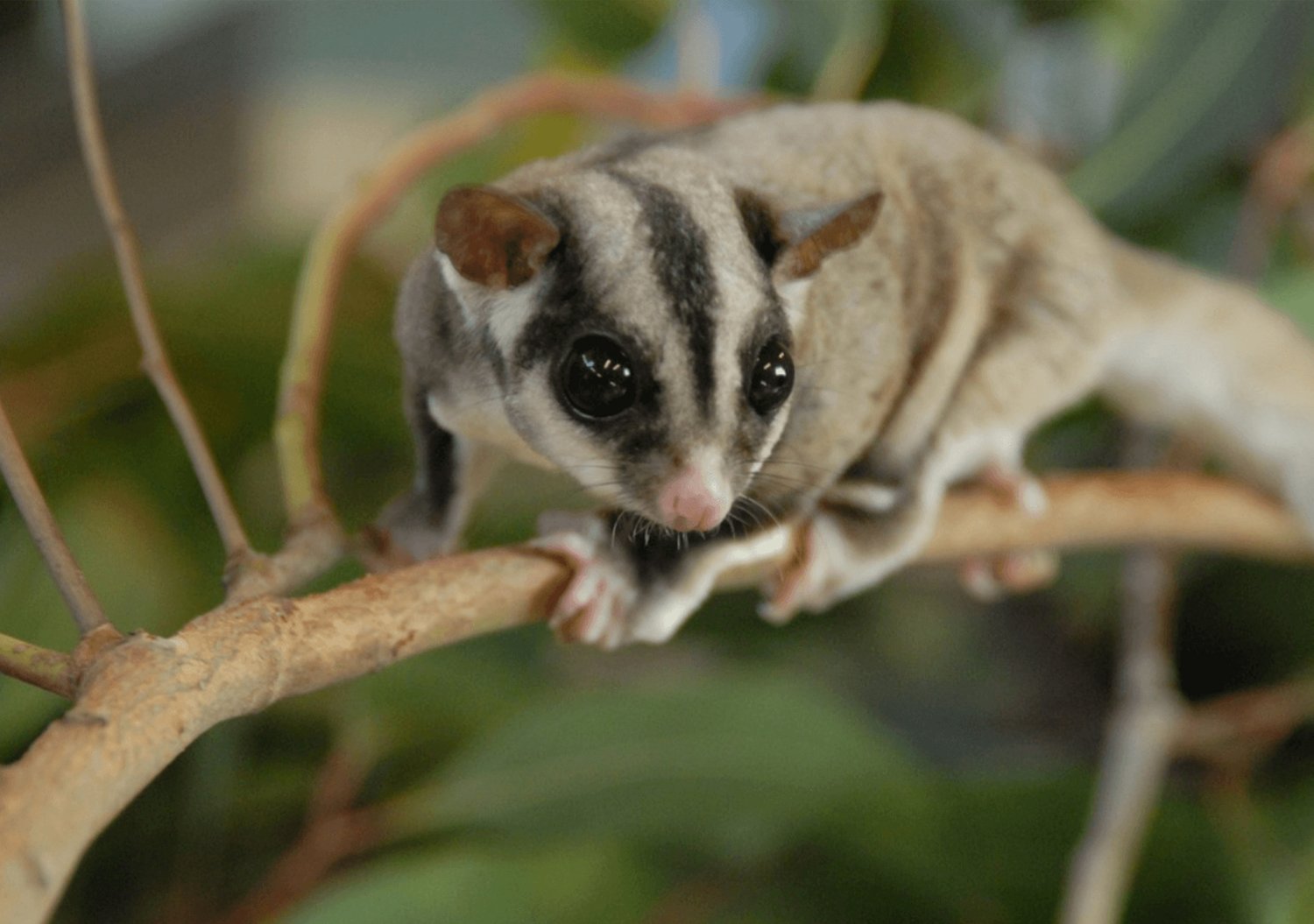
Discover more SUGi Projects

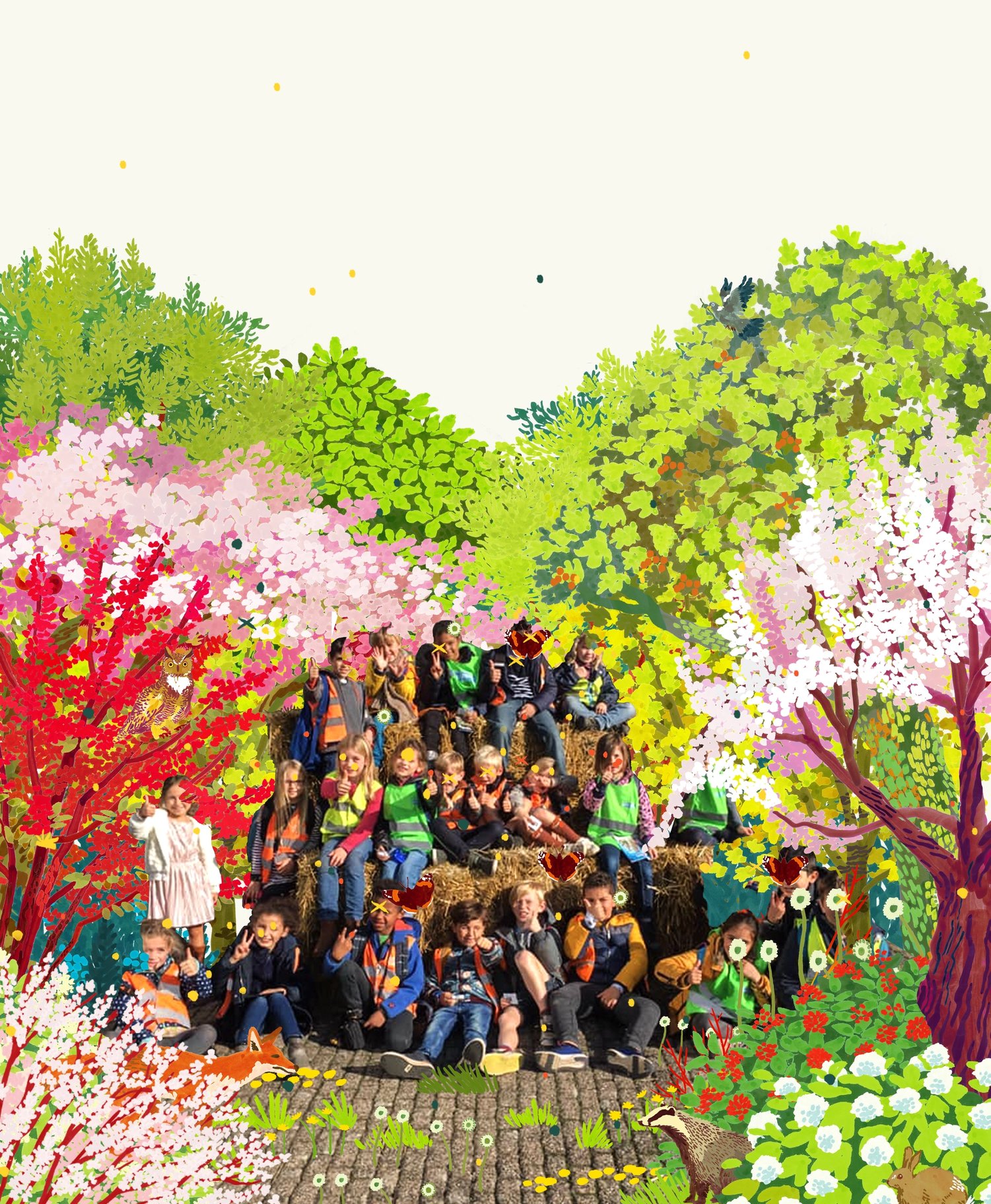
De Ark
A forest learning center in Sint-Niklaas


Langalibalele Forest
Cultivating a green oasis for community wellness and education.

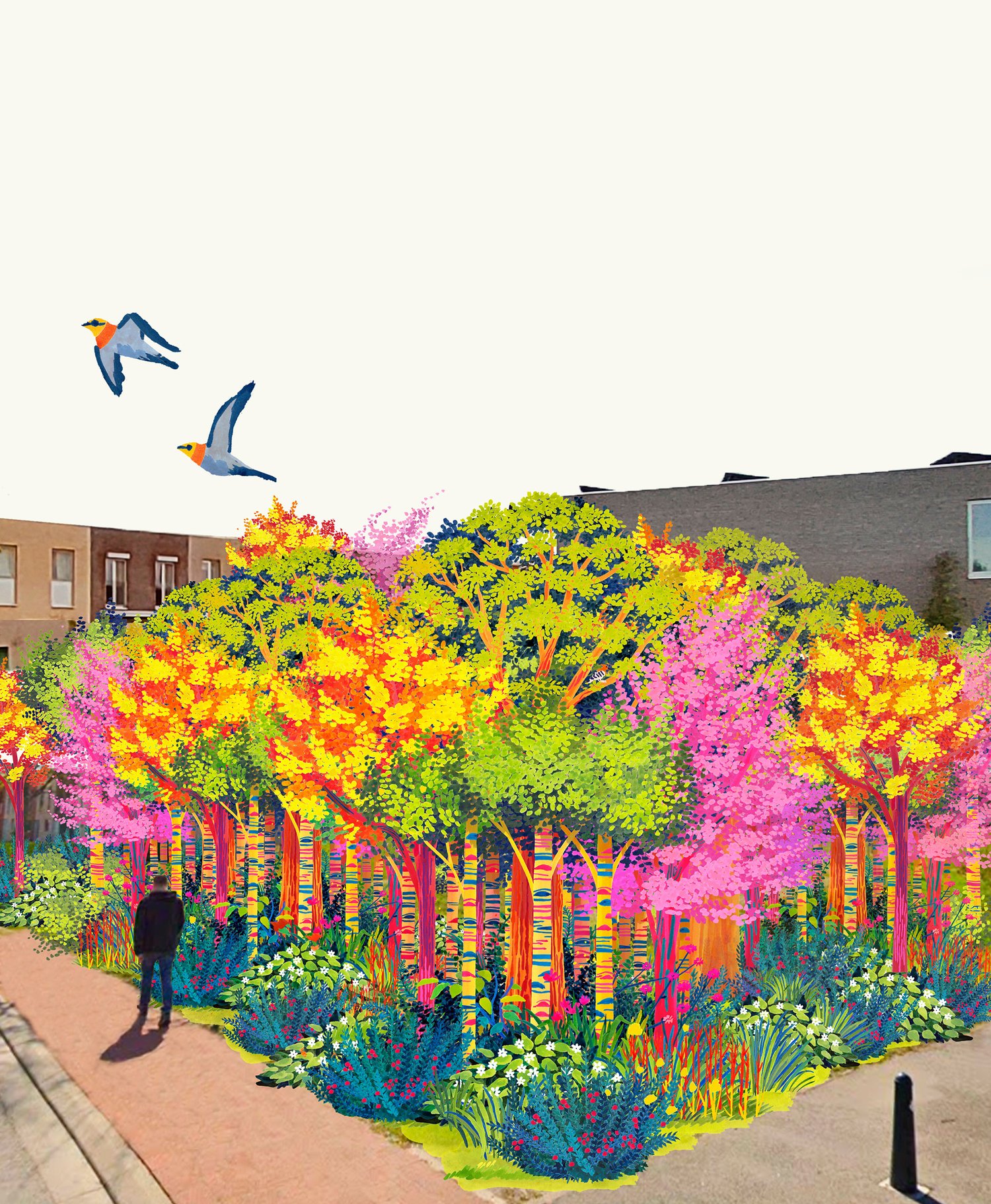
Papenhof Forest
Nature-based therapy at the heart of a city
